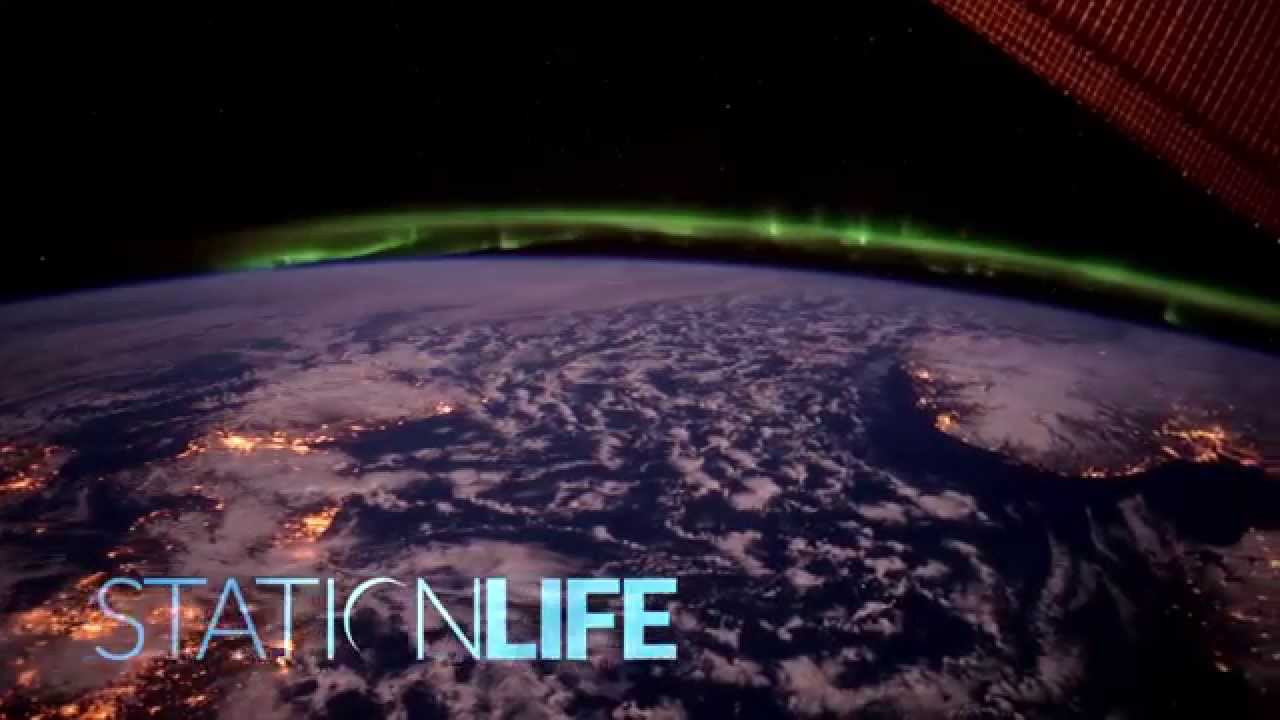Every month on StationLIFE, we’ll focus on a scientific area where the International Space Station is conducting groundbreaking research. This month, astronaut Tracy Dyson hosts a focus on how the station operates as a unique platform for various Earth sensing technologies.
The International Space Station is part of a fleet of Earth remote-sensing platforms to develop a scientific understanding of Earth’s systems and its response to natural or human-induced changes and to improve prediction of climate, weather, and natural hazards. It’s considered unique for several reasons as—unlike automated remote-sensing platforms—it has a human crew, a low-orbit altitude, and orbital parameters that provide variable views and lighting. The station has an inclined, sun-asynchronous orbit that carries it over 90 percent of the inhabited surface of the Earth and allows for the ISS to pass over ground locations at different times of the day and night. This is different and complimentary to other orbiting satellites.
Be sure to check back every month to see more of how we’re working “Off the Earth, For the Earth.”
To download in HD:

